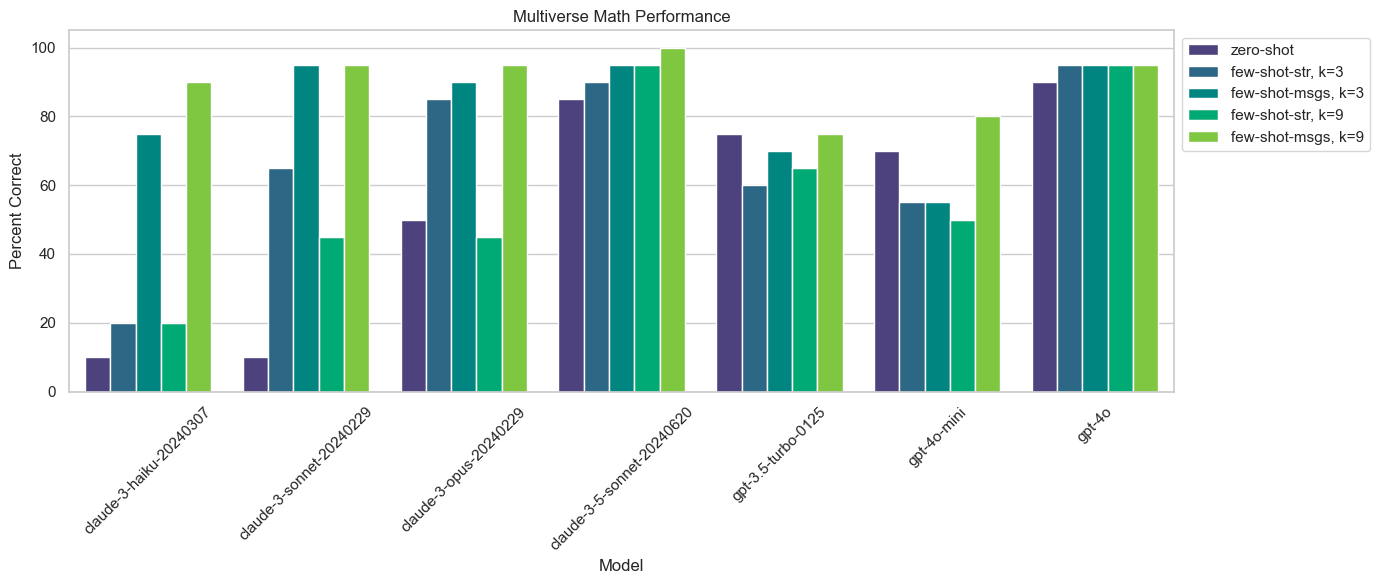On July 23, 2024, Meta released Llama-3.1, a series of open-source AI models encompassing 8B, 70B, and 405B sizes. The maximum context length has been extended to 128k. The 405B model outperforms both GPT-4 and Claude 3.5, solidifying its position as one of the most powerful models available. Llama-3.1 achieves a comprehensive performance upgrade through increased context length and enhanced inference capabilities. This article delves into the evolving landscape of open-source AI, highlighting the advantages of open-source models, including their openness, modifiability, and cost efficiency. It predicts that open-source AI will become the industry standard in the future. The article also explores the security implications of open-source AI, arguing that it offers greater security compared to other options. Government support for open-source is seen as crucial for promoting global prosperity and security.





/filters:no_upscale()/news/2024/07/redis-vector-database-genai-rag/en/resources/30fig2-1721385502604.jpg)